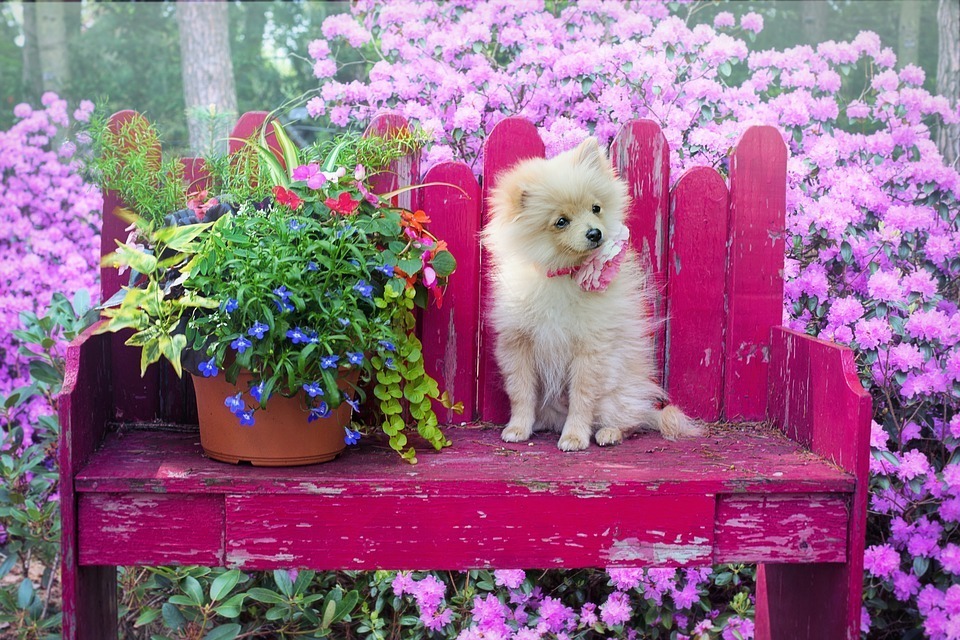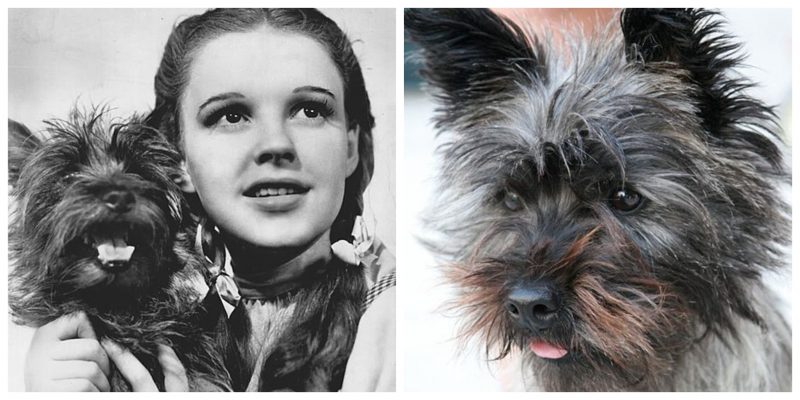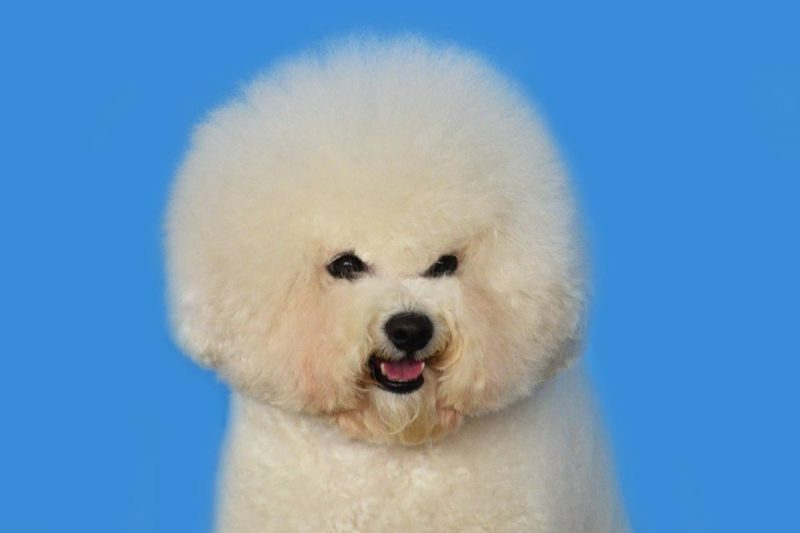With a royal past and an Instagram present, Pomeranians have been comfortable with stardom from the beginning. In recent years, they’ve often been shown sticking out of a designer handbag–another perfect accessory for their glamorous owners. But despite looking like a cheerleader’s pompom, there is more to these intelligent, energetic, and loving companions than their good looks.
History of the Pomeranian
The pomeranian is the smallest member of the ancient spitz group of dogs that developed in Arctic areas. Don’t be fooled by their size, their ancestors used to herd reindeer, pull sleds, and keep their families warm and safe.
Taking its name from a region that now spans the German/Polish border, it came to fame when Queen Victoria fell in love with a small member of the breed. Very relatable. Once she popped, she couldn’t stop though: at one stage the royal kennels had 35 Pomeranians. Her enthusiasm came with conditions though, she particularly liked smaller dogs. As a result of her tastes the breed halved in physical size in Queen Victoria’s lifetime. As the trendsetter of the time, Pomeranians became popular when word got out that they were fit for a queen.
Weight: 1-3kg
Colour: Almost every colour imaginable.
Life Expectancy: 12-16 years
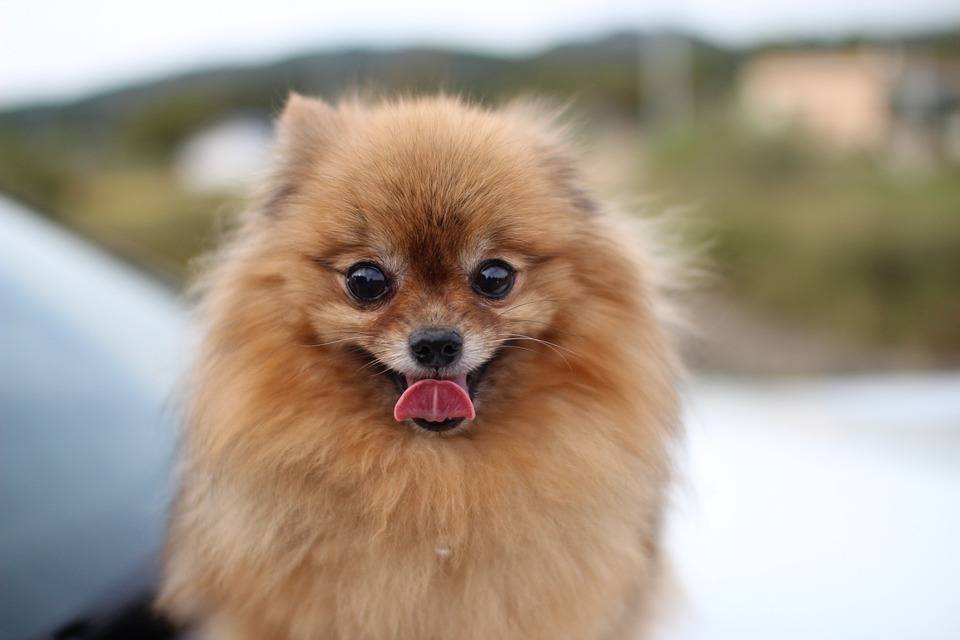
What You’ll Love about Pomeranians
- Cute! Honestly, we’re giving them 11/10 for looks.
- Independent: Again, don’t be fooled by their size. They’re bold, curious, and confident.
- Active: Those little legs don’t hold them back. They love going for walks, but their size means they can also get a pretty good workout zooming around the living room.
- Smart: They enjoy and need mental stimulation. Their brains and agility make them especially skilled at picking up tricks.
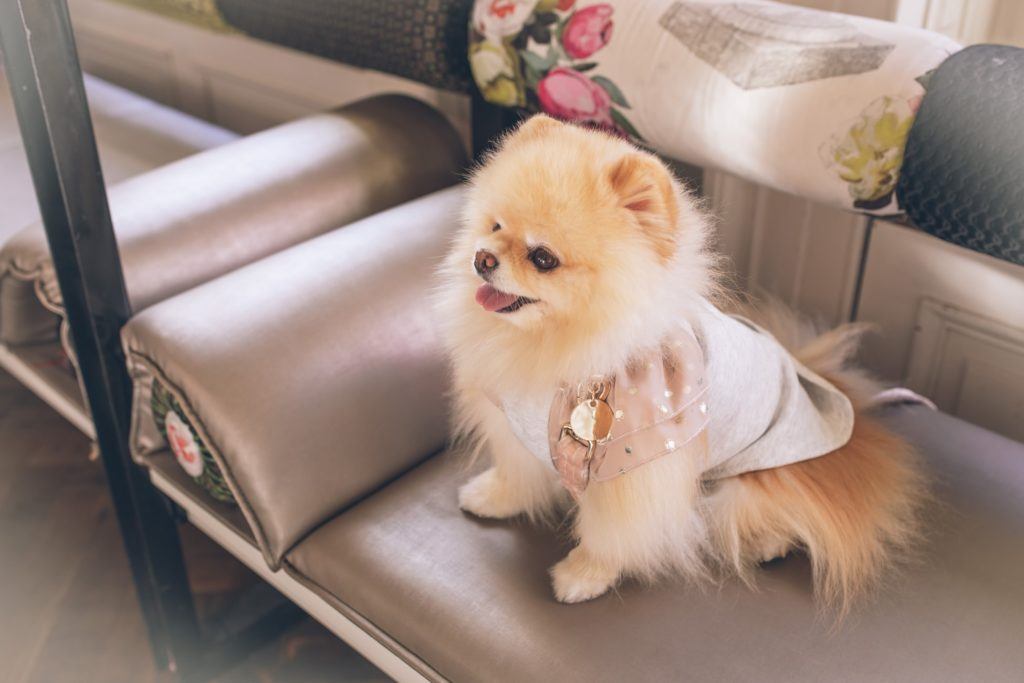
What You Might Find “Challenging”
- Irritable: They still have some of their ancient watchdog tendencies, which can lead to excessive barking, growling, and biting.
- Bossy: If not well socialised they may harass dogs many times their size. Also, they’ll want to be the leader of the household.
- Grooming: Their beautiful double coat requires a fair amount of care to keep healthy.
- Not a guaranteed celebrity: Not every pom can be an internet sensation like the late Boo. So if you do choose one, make sure you love them for them, not for the attention they might attract.
Common Health Issues for Pomeranians
- Dental issues: They’re more likely than other dogs to have issues with their teeth. In particular tartar build up that can cause infections and decay.
- Luxating patella: More commonly known as “trick knee” this refers to issues where the knee-cap is displaced–it’s common in many small dog breeds.
- Eye diseases: Poms are prone to eye issues like cataracts, conjunctivitis, and tear duct problems. If not treated they can lead to blindness later in life.
- Tracheal collapse: Many small dogs experience this form of airway obstruction, so pay attention to their breathing.
If this is all sounding perfect for you the Pomeranian Rescue Australia group highlights Poms looking for a new home.
Instafamous Aussie Pomeranians
To learn more about the dogs you love, check out our other dog breed profiles.

